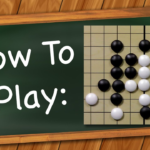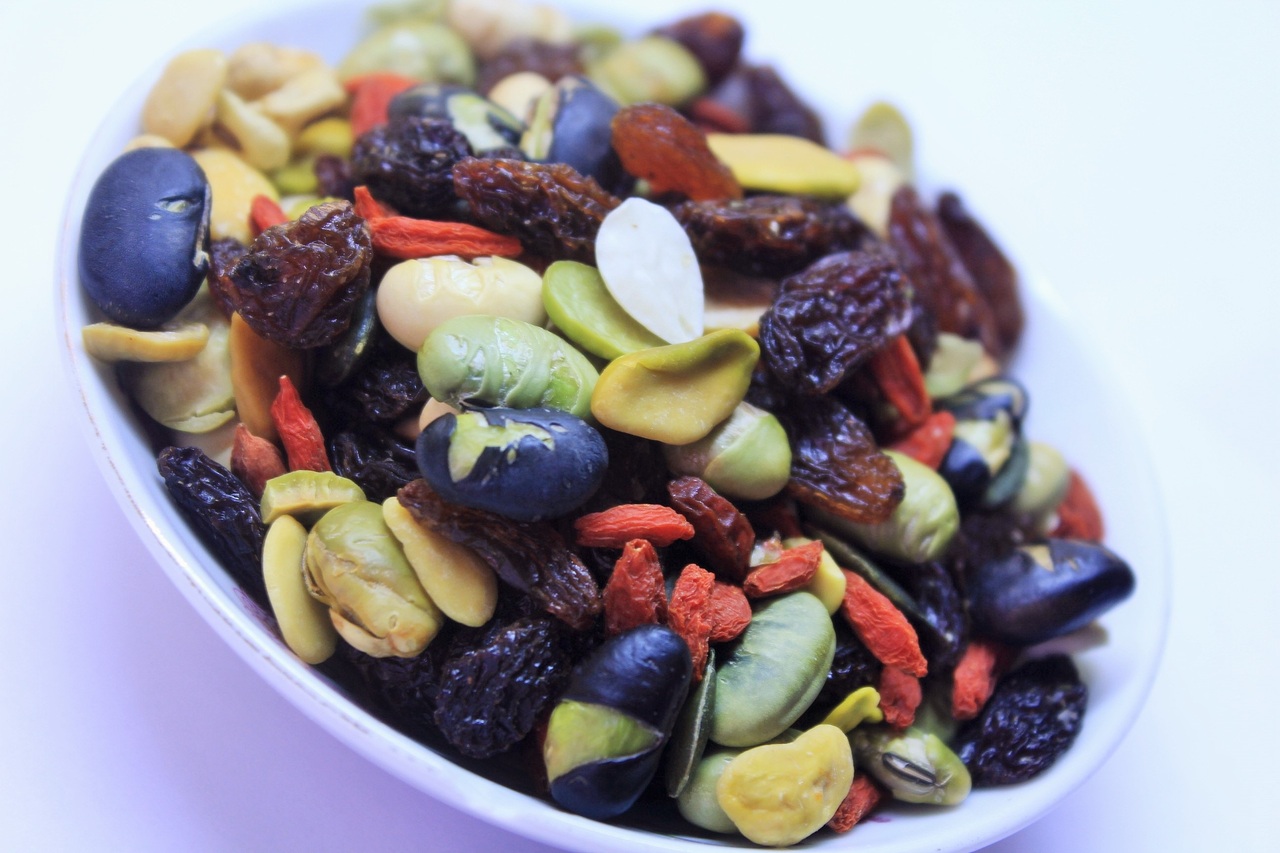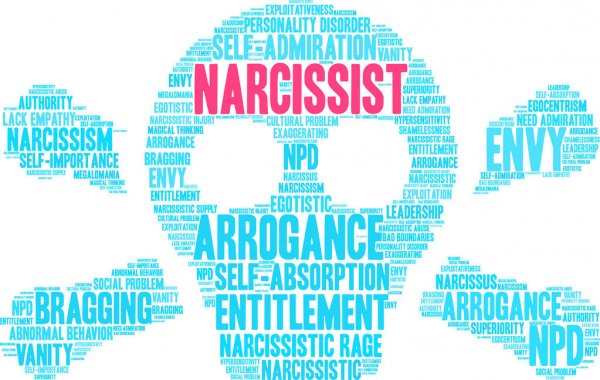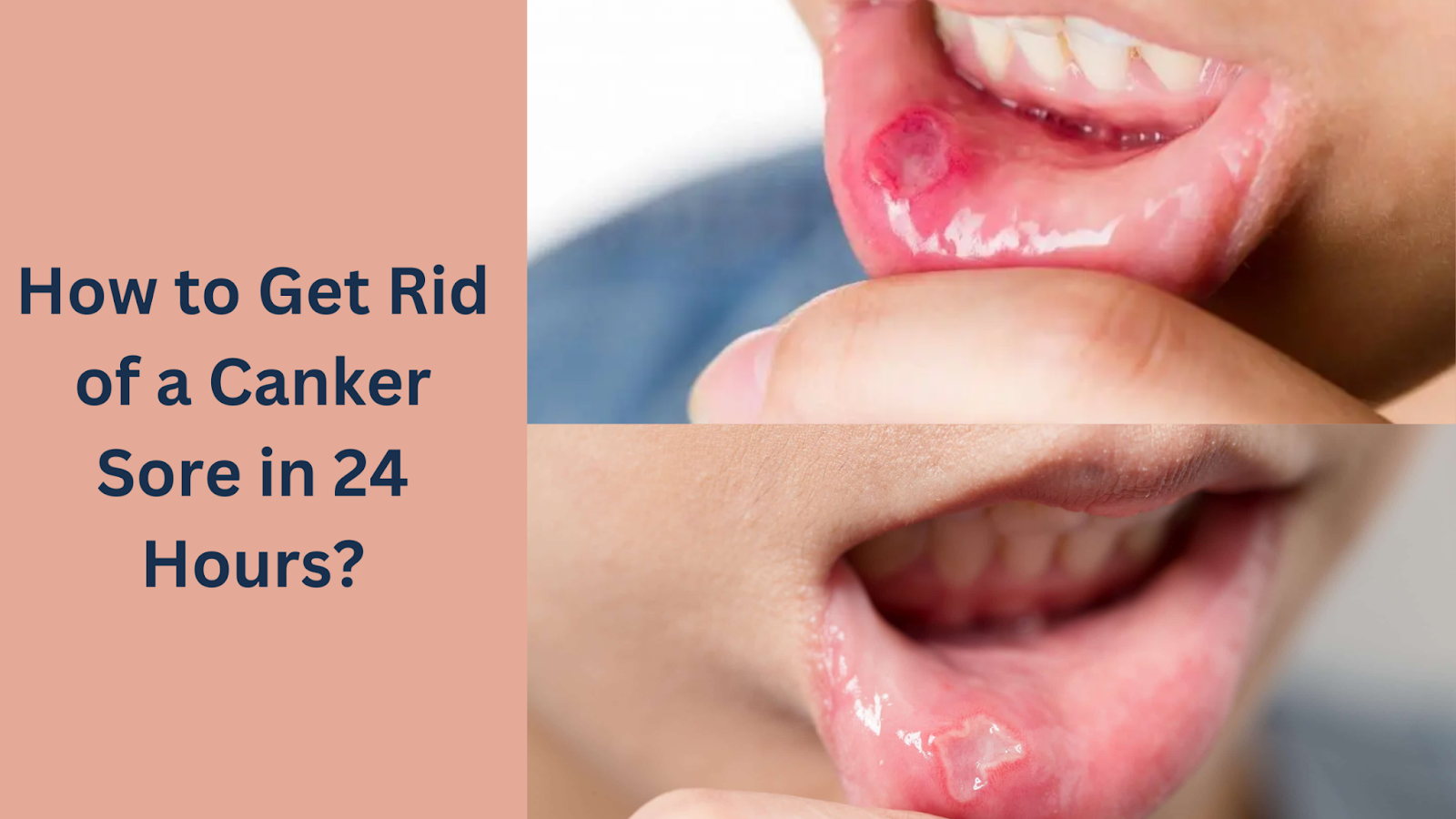
Children who are suffering from cancer go through severe pain. Usually, the pain occurs with cancer and continues during the treatment process. For any parent or caretaker, it is quite heartbreaking to see a child in pain. The good thing is that the child does have options to manage the pain to lead a peaceful life.
Table of Contents
Type of pain
Pain is an intangible element that you cannot measure with any equipment. Therefore, you need to evaluate the intensity of pain by observing the child and talking to him. Based on the time of cancer and the treatment process, the pain can be two types-
- Acute pain
- Chronic pain
Acute pain: It is a type of pain that affects the patient severely. However, the duration of pain is a relatively short period. This type of pain occurs after chemotherapy or surgery. Generally, acute pain remains for a couple of days and fades away quickly.
Chronic pain: This type of pain may range from mild to severe. The patient always feels discomfort with this type of pain. With chronic pain, the patient suffers from muscle strains, general discomfort, and headaches. This type of pain may last much longer, even for a couple of months or years.
Pain management with pharmacological process
This process involves the usage of medicine for the reduction of both chronic and acute pain. Although the pharmacological process works very effectively on acute pain management, the side effects might be numerous. The doctor evaluates the severity of pain and suggests various methods for pain management. It may include:
- Ibuprofen or Acetaminophen for mild pain
- Morphine and Oxycodone type medicine for severe pain
- Sedation by IV
- Patch or cream to deal with chronic pain
- Antidepressants or anticonvulsants type adjuvant pain relievers for nerve pain
- Steroids for inflammation reduction
- Bisphosphonates or Radiation for bone pain
Due to the usage of these pain killers, sometimes a few patients develop tolerance from these medicines. Once the body develops tolerance, the effect of the pain killer would fade off. Thus, doctors usually prefer an alternative model, where medicines are switched every few months to create balance.
The procedure of pharmacological pain management process
There are five different ways to incorporate pharmacological pain management processes
- Oral medication
- Intravenous IV Injection
- By a catheter
- Application of patch or cream
- Bisphosphonates or Radiation
Pain management with non-pharmacological process
Non-pharmacological pain management process is very helpful for those patients who are suffering from chronic pain. The best part about the non-pharmacological process is the lack of side effects. However, the effect of these processes cannot be experienced overnight, like medicines.
Psychological treatment: In this process, you prepare your child physiologically for the treatment. In this process, you explain the process in detail. Depending upon his understanding, you can explain the treatment procedure by images, cartoon characters, or dolls. Let the child become familiarized with the doctors and his environment. The child should feel comfortable in the hospital for him to gather strength to withstand the pain.
Hypnosis: Only a qualified psychologist or a professional doctor can apply this method. In this process, the child goes into an altered state of consciousness. It helps him to ignore the severity of the pain. However, this process only works on mild pain. This method is less effective against severe pain. However, not all parents and medical care providers believe in this method.
Distraction: This method is also known as the attention diversion technique. This method is very effective for small children. By showing imagery books or videos, you can divert his attention. It helps him focus less on his pain, and stay comfortable surrounded by things that he likes.
Yoga: Yoga and other stretching exercises can help the patient deal with chronic pains. This method gives the patient freedom of movement and increases immunity at the same time. It is also going to prepare him mentally for the treatment. However, the severity of cancer could affect the patient’s ability to perform yoga. It is important to choose yoga masters specialized in providing exercises for cancer patients.
Physical therapy: This method helps in reducing pain using strengthening exercises, joint manipulation, massage therapy, and others. Holistic physical therapy is a combination of occupational therapy, orthopedic, and chiropractic treatments to focus on pain management. If you are looking for physical therapy in Atlanta, make sure to choose reliable ones.
Just because your kid is a cancer fighter, it does not mean that his life stagnates. Cancer is a curable disease. If detected in the early stages, a complete treatment of this disease is possible. Every year, thousands of children start a normal life after the successful treatment of cancer. However, it takes time and invasive treatment procedures. Remember that complete medical treatment is essential for cancer survivors. Pain management is not an alternative for cancer medications.
I believe in creativity and try to express the same with my words. I enjoy writing and keeping myself in touch with the books.
RELATED ARTICLES
Latest Articles
 Revolutionizing Business: How AI Transforms Customer Experience in the Inflatable IndustryIn BusinessApril 16, 2024Inflatable water slides are the epitome of summer fun, […]
Revolutionizing Business: How AI Transforms Customer Experience in the Inflatable IndustryIn BusinessApril 16, 2024Inflatable water slides are the epitome of summer fun, […] Most Asked Microservice Interview Questions For 2024In TechnologyApril 2, 2024To keep up with changing trends in the tech industry […]
Most Asked Microservice Interview Questions For 2024In TechnologyApril 2, 2024To keep up with changing trends in the tech industry […] Best JavaScript and CSS Library In 2024In TechnologyApril 2, 2024With the ever-expanding functionality of web […]
Best JavaScript and CSS Library In 2024In TechnologyApril 2, 2024With the ever-expanding functionality of web […] Front-End Development Trends to Follow in 2024In TechnologyApril 2, 2024For better engagement, the front-end development of […]
Front-End Development Trends to Follow in 2024In TechnologyApril 2, 2024For better engagement, the front-end development of […] Simplifying Mealtime: Meal Prepping for a Family of FourIn UncategorizedMarch 22, 2024In the hustle and bustle of daily life, planning and […]
Simplifying Mealtime: Meal Prepping for a Family of FourIn UncategorizedMarch 22, 2024In the hustle and bustle of daily life, planning and […] How to Freeze Dry Candy With And Without a Machine?In FoodFebruary 27, 2024A candy lover constantly searches for novel and […]
How to Freeze Dry Candy With And Without a Machine?In FoodFebruary 27, 2024A candy lover constantly searches for novel and […] How to Get Something Out Of Your Eye Immediately?In healthFebruary 27, 2024Getting something inside your eyes can be frustrating […]
How to Get Something Out Of Your Eye Immediately?In healthFebruary 27, 2024Getting something inside your eyes can be frustrating […] The Evolution of Remote Control Technology: From RC Cars to DronesIn TechnologyFebruary 22, 2024Remote control technology has come a long way since […]
The Evolution of Remote Control Technology: From RC Cars to DronesIn TechnologyFebruary 22, 2024Remote control technology has come a long way since […] Unveiling the most popular carnival costumes: A colorful parade of creativityIn FashionFebruary 19, 2024In the world of festivities and merrymaking, few […]
Unveiling the most popular carnival costumes: A colorful parade of creativityIn FashionFebruary 19, 2024In the world of festivities and merrymaking, few […] Custom GPTs: The Next AI Opportunity for BusinessesIn Business, TechnologyFebruary 14, 2024The rise of artificial intelligence has transformed […]
Custom GPTs: The Next AI Opportunity for BusinessesIn Business, TechnologyFebruary 14, 2024The rise of artificial intelligence has transformed […] How to Get Rid of a Canker Sore in 24 Hours?In healthFebruary 13, 2024Canker sores are also called aphthous ulcers. They […]
How to Get Rid of a Canker Sore in 24 Hours?In healthFebruary 13, 2024Canker sores are also called aphthous ulcers. They […] How To Play Gomoku? | The Only Guide You NeedIn gameFebruary 13, 2024Gomoku is a fascinating board game that originated […]
How To Play Gomoku? | The Only Guide You NeedIn gameFebruary 13, 2024Gomoku is a fascinating board game that originated […]
stopie.com is a participant in the Amazon Services LLC Associates Program, an affiliate advertising program designed to provide a means for sites to earn advertising fees by advertising and linking to Amazon.com.
Clicking on an Amazon link from stopie.com does not increase the cost of any item you purchase.
We will only ever link to Amazon products that we think our visitors may be interested in and appreciate learning more about.



